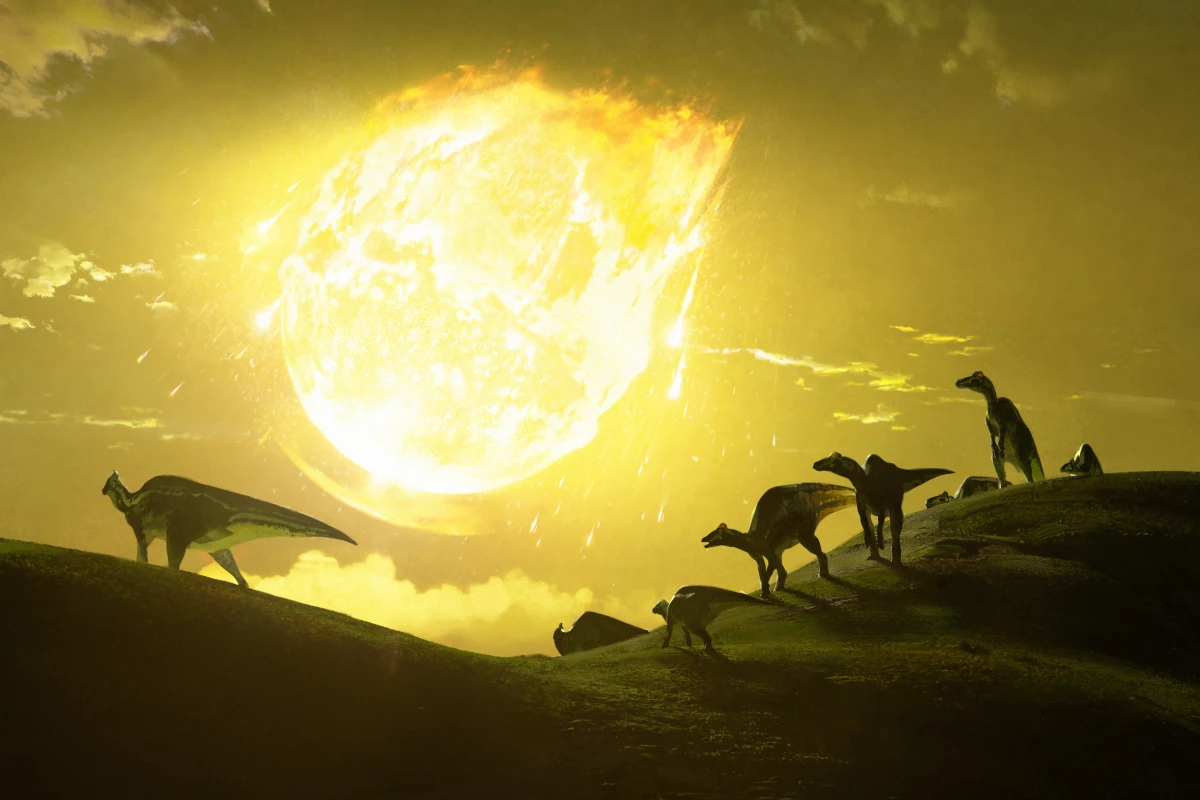It turns out that the dinosaurs had far worse luck than we thought. While a gigantic asteroid slamming into the Earth is never going to be a sign of good luck, a new study has shown that the space rock hit the planet at the deadliest possible angle, maximizing the devastating climate change that followed.
About 66 million years ago, an asteroid at least 10 km (6.2 mi) wide crashed into what is now the Yucatan Peninsula in Mexico. The impact event wiped out three quarters of all life on Earth at the time, including the dinosaurs and 93 percent of mammals.
While death would have been pretty swift for anything unlucky enough to be too close to the impact zone, most life on the planet succumbed to the cascading climate effects that followed. Huge amounts of vaporized rock, sulfur, carbon dioxide and water vapor were sent into the atmosphere, where they choked the air and blocked out the Sun. In all, the sky would have darkened for about 18 months, killing off most photosynthesizing plants and toppling food chains on land and in the ocean.
Now, a new study has calculated the angle of the impact and the direction from which the asteroid approached. To do so, researchers from Imperial College London, the University of Freiburg and the University of Texas at Austin studied the shape and structure of the Chicxulub crater.
There are three parts of the crater that together can reveal the story of the impact. There’s the center of the crater itself. There’s the peak ring, which is the mountainous ring that rises up in the middle of the main crater almost like a smaller secondary crater. And there’s the mantle rocks far below the crater, which are uplifted.

Finding how the centers of these three regions line up indicates the direction and angle of the asteroid. In this case, the centers were all aligned in a southwest-northeast direction. The center of the crater itself was in the middle of this line, between the peak ring and mantle uplift centers.
When the researchers ran 3D simulations of the impact, they identified the version of events that most closely matched the observed features in the crater. According to the team, the asteroid came in from the northeast on an angle of about 60 degrees to the ground. And that has important implications for what happened next.
“We know that this was among the worst-case scenarios for the lethality on impact, because it put more hazardous debris into the upper atmosphere and scattered it everywhere – the very thing that led to a nuclear winter,” says Gareth Collins, lead researcher on the study.
This isn’t the first study to investigate just how unlucky the dinosaurs really were. A few years ago, a team of Japanese researchers found that had the asteroid hit almost anywhere else on the planet, the extinction event that followed would likely not have been so severe. That’s because the location of the impact site was rich in hydrocarbons, which would throw more soot into the atmosphere. Only 13 percent of the Earth’s surface would have this devastating effect, and that’s exactly where it hit.
The new study was published in the journal Nature Communications.
Source: Imperial College London







